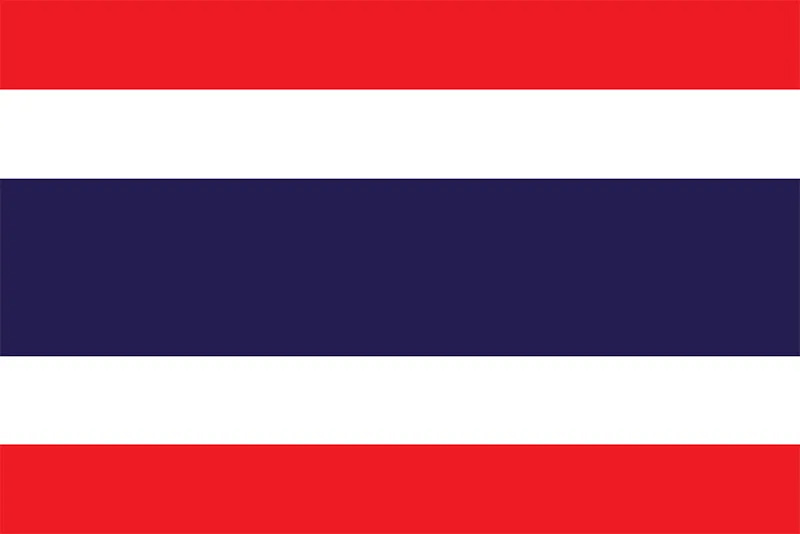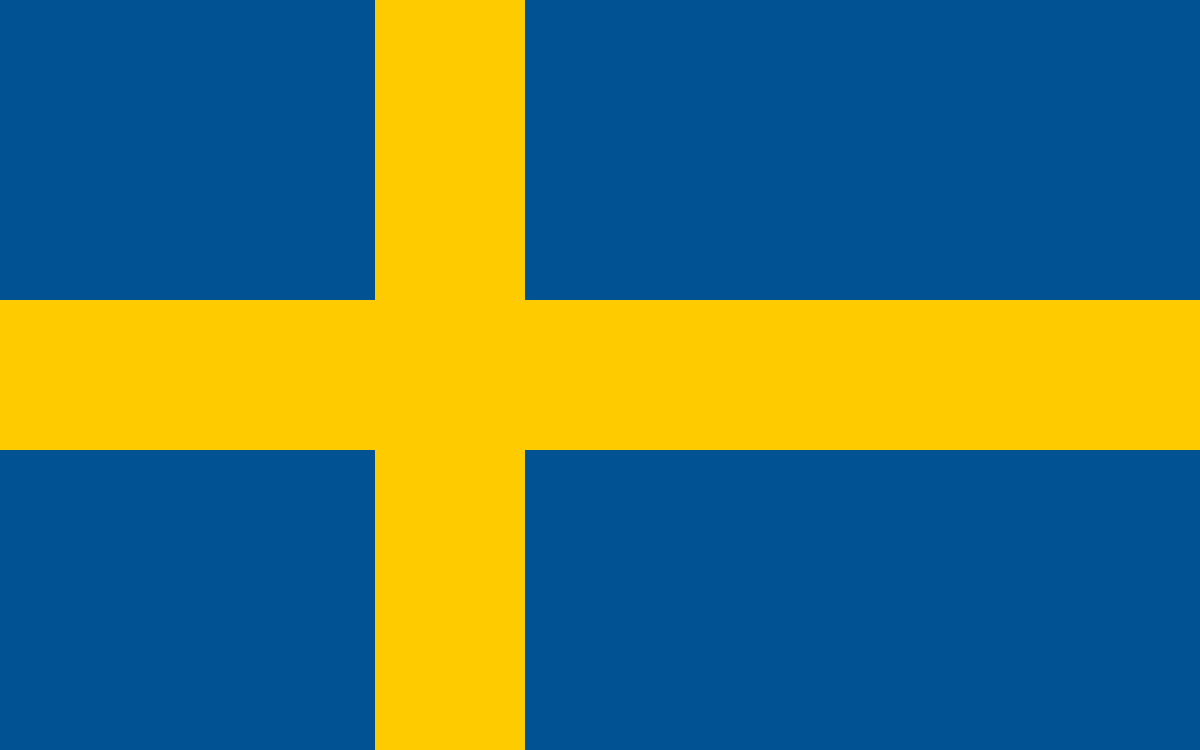Summary
Ramon y Cajal Hospital is the leading public hospital in Spain- located in Madrid City. They were established in 1977 as pediatric cardiology and now they are a multispecialty hospital in Spain. They are a medical facility that provides medical services, a research center, and a teaching center. Further, they are a part of the hospital network of Servicio Madrileno de Salud (SERMAS) and affiliated with the University of Alcala. This hospital is complemented by a team of trained healthcare professionals for the diagnosis, personalized care, and treatment of patients in various departments like nephrology, oncology, immunology, neurology, cardiology, and many more. Lastly, they are accreditated by International Standardization Organization ISO 9001 and ISO 14001.Details
General Outlook
- The Ramon y Cajal Hospital is one of the top-class public hospitals located on the Northside of Madrid City.
- The hospital was inaugurated in 1977 and developed the first service for pediatric cardiology in Spain and now they are a multidisciplinary hospital.
- This medicare facility cultivates three aspects that include a healthcare institute, research center, and teaching faculty.
- The medical center is a part of the hospital network of Servicio Madrileno de Salud (SERMAS).
- They are associated with the health institute of the University of Alcala for training and research.
- The largest hospital offers specialized healthcare services to a large number of patients nationally and internationally as they have a dedicated team of healthcare professionals.
- Moreover, they are also considered one of the best hospitals in the world ranked by the Newsweek 2020-2021 Survey.
Fundaments
- The Ramon y Cajal University Hospital has a total bed capacity of about 900 that is well-equipped with advanced equipment and room amenities.
- They have a multidisciplinary team of healthcare professionals for the diagnosis, personalized care, and treatment of patients in various departments like nephrology, oncology, immunology, neurology, cardiology, and many more.
- The Cardiology Department was created with the birth of this medical center that serves a population of about 500,000.
- The Neurology unit is the National Reference Center CSUR in rare diseases, neurodegenerative diseases, and multiple sclerosis.
- Moreover, they provide an interventional and therapeutic diagnosis with the help of innovative and advanced technologies like Ultrasound, X-ray, Mammography, Magnetic Resonance Imaging (MRI), Computed Tomography (CT), and many others.
Specialty Medical Services for Foreigners
The Ramon y Cajal Hospital provides some great services in surgical, medical, central, and nursing areas such as;
- Allergology
- Cardiology and Cardiovascular Surgery (Adult and Pediatrics)
- Gastroenterology and Hepatology
- General Surgery
- Internal Medicine
- Medical Oncology
- Nephrology
- Neurology and Neurosurgery
- Orthopedic Surgery and Traumatology
- Obstetrics and Gynecology
- Pediatrics
- Rehabilitation
- Thoracic SUrgery
- Urology
Language Spoken
- English
- Spanish
Approachability for Foreigners
- The nearest airport for Ramon y Cajal Hospital is Adolfo Suarez Madrid-Barajas Airport. The total distance is about 14.3 km that takes 10-15 minutes to reach the hospital via road in a car, taxi, and town car.
- Moreover, there are many international standard hotels are present around the hospital that provides a wide range of services and facilities for foreigners.
Accreditations
International Standardization Organization ISO 9001
ISO 9001-the international standard that specifies requirements for a quality management system(QMS). Health care and hospitals use the standard to demonstrate the ability to consistently provide services that meet customer and regulatory requirements. The hospitals, industries, organizations, and healthcare centers of all types and sizes find that using the ISO 9001 standard helps them, organize processes, improve the efficiency of processes, and continually improve.
International Standardization Organization ISO 14001
ISO 14001 is the international standard that specifies requirements for an effective Environmental Management System (EMS). It provides a framework that an organization can follow, rather than establishing environmental performance requirements. The framework in the ISO 14001 standard can be used within the Plan-do-check-act (PDCA) approach to continuous improvement.


 Arabic
Arabic Spanish
Spanish Hindi
Hindi Tamil
Tamil Thai
Thai Swedish
Swedish